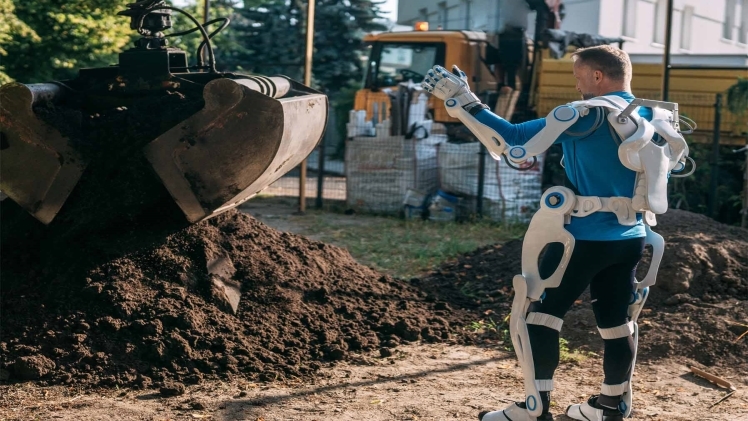For quite a long time construction works thrived on technological advancements and innovation. Firms embracing the cutting edge techniques and technology nowadays are able to reduce work timelines, minimize construction expenses, and help in getting a cleaner and sustainable industry.
Nowadays, constructions jobsites are constantly brimming with evolved technologies. Through the use of highly advanced technologies, construction sector has opened up new avenues for gathering the workforce of future. Here we’ve listed down six most vital technologies for the construction industry and how they’ve gained this much importance in the field.
1. Site Sensors
Construction site sensors are among the most renowned technologies employed on a lot of construction sites. Their common use involves monitoring different important things like dust particulates, level of VOCs (Volatile organic compounds), temperature, noise levels, etc.
After including site sensors, the requirement of construction cones reduces for alerting workers and making them aware about any specific area in the whole construction space. Site sensors also get mounted at various places inside the construction sites.
These technological devices are also helpful for providing instant alerts to workers when they’re getting beyond acceptable permissible exposure levels. The collected data from sensors is further studied for minimizing exposure levels.
2. Prefabrication
It is a practice in construction industry to make things somewhere else before they’re used in project site installation. Now, it is even more renowned with pressure intensifying up on timelines and allotted budgets.
Structures containing repetitive elements are used to it. The technique is commonly seen on hotels, hospitals, nursing homes, jails, colleges and other institutions. There are some great benefits of this technique:
With well-controlled external conditions there are fewer requirements of workers for building prefabricated parts compared to the need on site.
Building elements in factory prior to on-site assembly also keeps more of job out of elements that have potential of delaying construction.
Also it is safer to design these components, before assembling as workers won’t be required in dangerous conditions.
3. Independent Heavy Equipment
Nowadays, many construction job sites are making use of autonomous heavy equipment for performing site work, grading, and effective excavation. The technology also provides operators freedom of remaining separated from machines. As an outcome, it also allows firm for completion of same work with less workers.
Such machines also make use of GPS, sensors and drones. They also throughout construction sites and also perform important site works.
Augmented GPS is also a mixture of online base stations and satellites. It is required for geofencing construction space so the autonomous equipment also moves around the area with accuracy.
4. Building Information Modeling (BIM)
The BIM technology has been deployed in the construction industry lately, but since then there have been many improvements in the technology making it totally worth it for the owners and contractors.
Most construction companies require BIM as a time and cost saving element for preparation of structures. In many places the law states not using Building Information Modeling as an offence.
With BIM software designers are able to create 3D versions of planned construction structures that incorporate time and cost information as well.
5. Mobile and Cloud Based Technologies
Much before advancements in construction technologies, one can also see areas of construction punctuated only with construction cones. Lately the construction industry went through significant chances due to mobile and cloud based technologies.
With these technologies contractors can share real-time data from the construction sites to various parties involved in construction process.
With availability of data in real time, construction companies get enhanced business efficiency, better digital experience, higher productivity and overall better outcomes for all construction projects.
6. Wearables
Currently a lot of construction job sites require wearables for closely monitoring workers. Also they’re helpful for ensuring that the construction site environment is in the safest state.
Wearable technologies are getting embedded into work boots, safety vests, gloves and hard hats. Many contractors also use wearables with Wi-Fi, voltage detectors, biometrics, environmental sensors, location trackers, etc.
With these wearables it becomes easy to supervise worker movements in job sites. With geofencing technology, supervisors also form dangerous and restricted zones and are able to alert all workers.
While many of these technologies are commonly used and others are in experimental stage, you must keep an eye on whichever technology, you’re planning to deploy for your construction projects.

